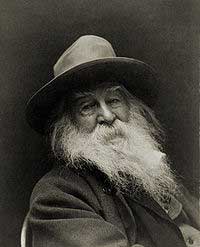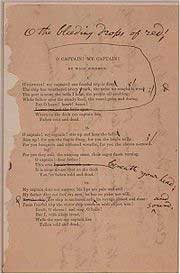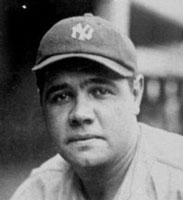
The Story behind the Story
Reviews
Excerpts
Teacher and Parent Resources
Notorious Lefties
|
|
The Story behind the Story:
Choosing Up Sides
Taken from an interview first published by the St. Petersburg Times, November 2003
"Baseball's Life Lessons" by Holly Atkins
Lately, one author's work can be found on my nightstand, in my school tote bag and in my car CD player: John H. Ritter. So much more than a baseball writer, Ritter's work resonates with themes that touch us all: the power of the human spirit, the ugliness of discrimination, the struggle to come to know and believe in who you are.
Recently I corresponded with him to chat about books, baseball and why young adult novels are not for teens only.
Atkins: You describe your novels as "pyramids." What do you mean?
Ritter: By that I mean you can take my stories at face value, like viewing a pyramid from afar, or if you're so inclined, you can go deeper into the text, searching for hidden treasures, double or triple metaphors, say, or hidden passages linking one section of the story to a seemingly unconnected part. For example, in Choosing Up Sides, I linked the apple that Eve gave to Adam with the mayapples that Luke throws at the tree to the old sports term "apple" which refers to a baseball to the Appleton Eagle newspaper which let the world know that Luke had given in to temptation.
Atkins: Why baseball? You even describe yourself as a "baseball writer" on your web site.
Ritter: Baseball is a thinking man's game, and I love to think. It's also the most literary-friendly of all sports, lending itself to drama and metaphor, such as the angst and heroics of a bottom-of-the-ninth comeback attempt. And since a pro athlete's career can last much longer in baseball than in any other team sport, thinking—or brainpower—becomes a genuine asset. Ballplayers are rewarded for their accumulated knowledge and wiles—not simply for height, weight, or brute strength. In fact, there is so much to learn in baseball that most great pitchers and hitters don't reach their prime until they're into their thirties and they can excel well past age forty.
Atkins: In "A Note from the Author" at the end of Choosing Up Sides you write about where the idea for this novel originated. So although on one level this is a novel about a left-handed future baseball star, it's really about the larger issue of discrimination?
Ritter: Yes—and religious-based discrimination, to be specific. That's the hardest prejudice to defeat, since it is delivered bearing a religious righteousness. I remember, as a boy, hearing segregation and racism being justified from the pulpit and I could not comprehend this glaring hypocrisy, totally contrary to what Jesus taught. Only later did I realize that the Bible often gets interpreted and reinterpreted in such a way as to reinforce one's own bigotry and social bias. I think it's important for children to recognize this practice as soon as possible and apply their critical thinking skills to it, since it certainly continues today.
Atkins: Last year the Children's Book Council included Choosing Up Sides on its adult crossover list "Not Just For Children Anymore." Good writers always keep in mind their audience, right? So who exactly is your audience?
Ritter: My audience has always been the whole family, not just children. I remember my dad at bedtime reading us Robinson Crusoe, lying on his back with the book in the air. That's the scene I imagine as I wrap up my novels. Young and old readers sharing the book. The best animation, the best stories of Twain or Bradbury or Joan Bauer, operate on multiple levels for a wide audience—some parts aimed at children, some crafted especially for adults, but always driven by a strongly entertaining story that will stand on its own with both audiences.
Atkins: What inspired you to be a YA author?
Ritter: The Complete Bob Dylan Songbook. Dylan's work fits my description of good writing perfectly. That is, every word is well chosen and every line is surprising in its direction and imagery, making the piece constantly forward-moving and entertaining. And the truth is, his songs are real close to hip-hop and rap. He also started out writing to the same audience I write to—adults and young people who ask questions and think for themselves. Beyond that, Kerouac's On the Road was in my hip pocket in the 70s as I hitch-hiked up and down the California coast more times than I can remember—so that book has to be included for the same reasons.
For more story behind the story, see John's blog dated 4-13-14.
|

"On the forest's edge, I snapped an elderberry twig..."

"Me, I didn't specially care where I lived, long's we had a river by."

"I'd spend hours working its woody shoreline for treasure."

Walt Whitman, 1887—
Luke Bledsoe's inspiration
for leading a life filled with nature

Whitman's original copy of
"O Captain, My Captain"
showing his revisions

Babe Ruth—the lefty who inspired Luke to play ball
|







